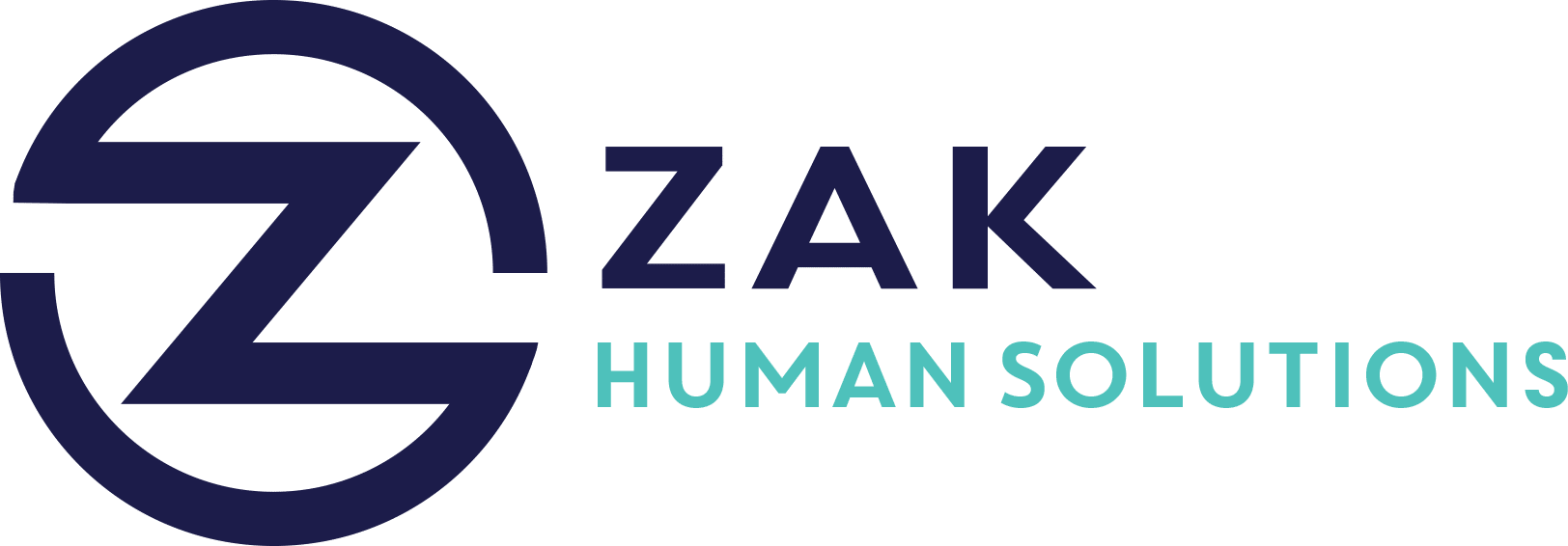Key Takeaways
- Prioritizing employee well-being boosts engagement and reduces turnover, making it a powerful business strategy that benefits both employees and organizations.
- Establishing a culture of trust and clear expectations enhances employee performance and fosters innovation and creativity.
- Multi-generational leadership requires customized approaches to ensure each team member feels valued and appreciated.
- Embracing hybrid work models increases employee satisfaction and retention, broadening talent pools while reducing operational costs.
- Empowering managers to support employee wellness enhances organizational loyalty and trust, creating a ripple effect of positive culture across teams.
In today’s competitive business landscape, the focus on employee well-being is not just a box to tick but a strategic imperative for thriving organizations. Understanding and prioritizing employee well-being can lead to increased engagement, reduced turnover, and an empowered workforce that drives innovation and success. In this blog post, we’ll delve into effective strategies to enhance well-being at the workplace, the importance of multi-generational leadership, and the benefits of hybrid work models.
The Power of Prioritizing Employee Well-being
Why Employee Well-being?
Employee well-being is a multifaceted concept that encompasses mental, physical, and emotional health, contributing significantly to employee engagement and productivity. Companies that invest in well-being initiatives report:
- Higher employee morale and satisfaction
- Reduced turnover rates
- Enhanced creativity and innovation capabilities
- A reputation as an employer of choice
Strategic Benefits
- Boosted Engagement and Reduced Turnover: Prioritizing well-being as a core business strategy can lead to a more engaged workforce, which directly correlates with decreased turnover. When employees feel valued and supported, they are more likely to be committed and loyal.
- Culture of Trust and Innovation: Establishing a culture built on trust and clear expectations enhances performance. When employees feel psychologically safe, they are more inclined to take risks and offer innovative solutions.
Cultivating a Culture of Trust and Clear Expectations
Building Trust
Trust is integral to organizational success. It encourages open communication and collaboration, fostering a workplace where employees feel empowered to share ideas and feedback without fear of retribution. Here are a few strategies:
- Transparency: Maintain open lines of communication about company goals, challenges, and successes.
- Consistency: Ensure consistency in management actions and decisions.
Setting Clear Expectations
In a culture of trust, clarity in roles and expectations helps eliminate confusion and misdirection. Consider the following:
- Define Roles Clearly: Ensure all employees know their responsibilities and the value they bring to the organization.
- Set Achievable Goals: Provide achievable targets that align with business objectives and employee growth.
Embracing Multi-generational Leadership
Understanding Leadership Needs
Today’s workforce is diverse, with multiple generations working side by side. This diversity is an asset when effectively managed:
- Customized Leadership Approaches: Leaders should adopt flexible leadership styles that cater to the different motivations and work preferences of generational cohorts.
- Mentorship Programs: Facilitate mentorships that allow knowledge transfer and bridge generational divides.
The Hybrid Work Model: A New Way Forward
Flexibility is Key
The adoption of hybrid work models has revolutionized traditional workspaces, providing flexibility while maintaining productivity:
- Improved Employee Satisfaction: Employees value the option to work remotely, leading to higher satisfaction and retention rates.
- Operational Benefits: Organizations benefit from reduced overhead costs and a broader talent pool.
Best Practices for Implementing Hybrid Models
- Set Expectations: Clearly define in-office and remote work guidelines, including policies on availability and productivity metrics.
- Leverage Technology: Use advanced collaboration tools to ensure seamless communication between remote and onsite employees.
Empowering Managers as Wellness Champions
Managers play a critical role in fostering an environment where employee well-being is prioritized:
Key Strategies
- Training and Development: Equip managers with essential skills to support and advocate for their team’s well-being.
- Lead with Empathy: Encourage managers to practice empathy and provide a supportive and understanding work atmosphere.
- Encouraging Continuous Feedback: Implement regular check-ins and feedback loops to address employee concerns and improve workplace practices.
Incorporating these strategies to prioritize employee well-being can transform an organization’s culture, driving success and innovation. By embracing trust, flexibility, and generational diversity, businesses are better positioned to thrive in the ever-evolving global market.




